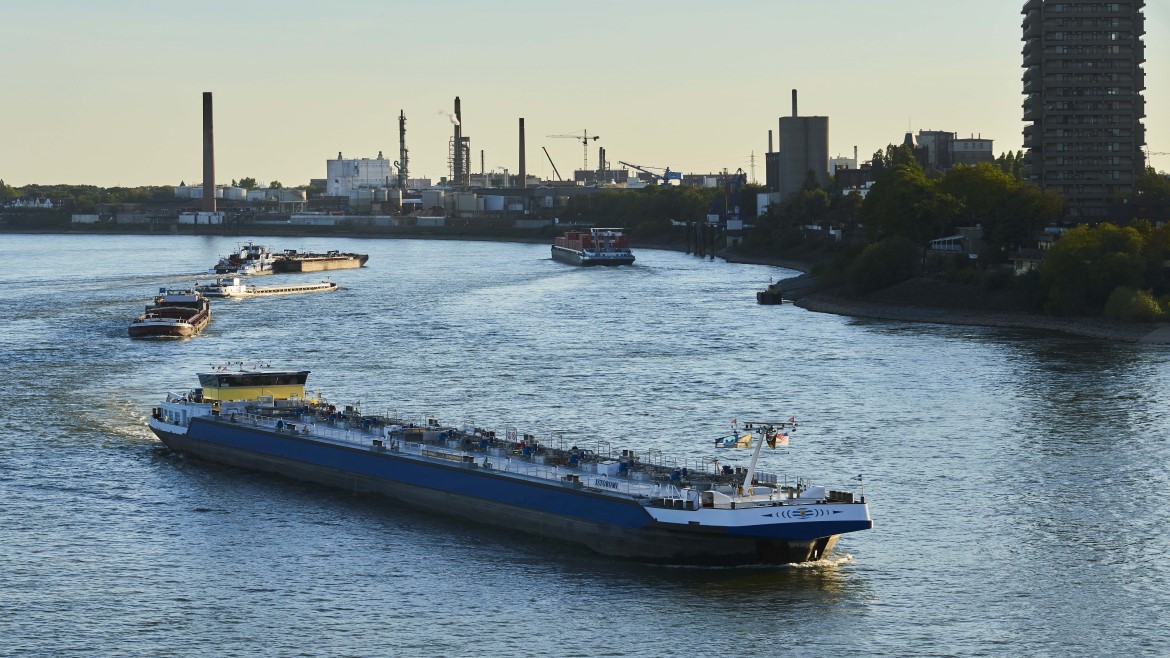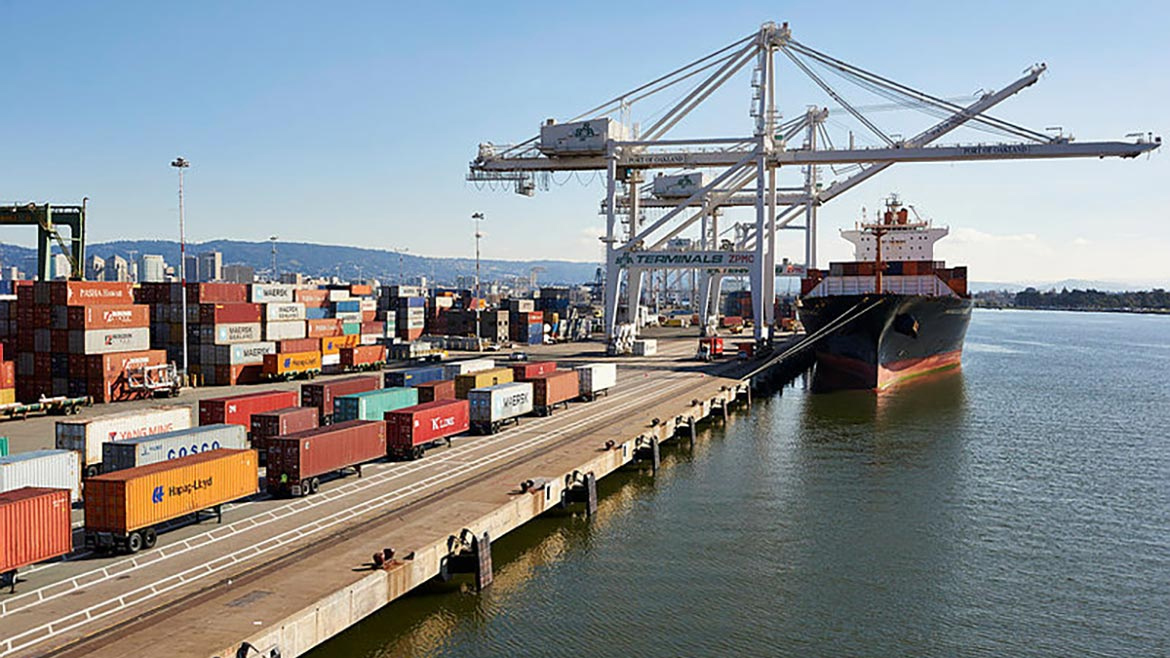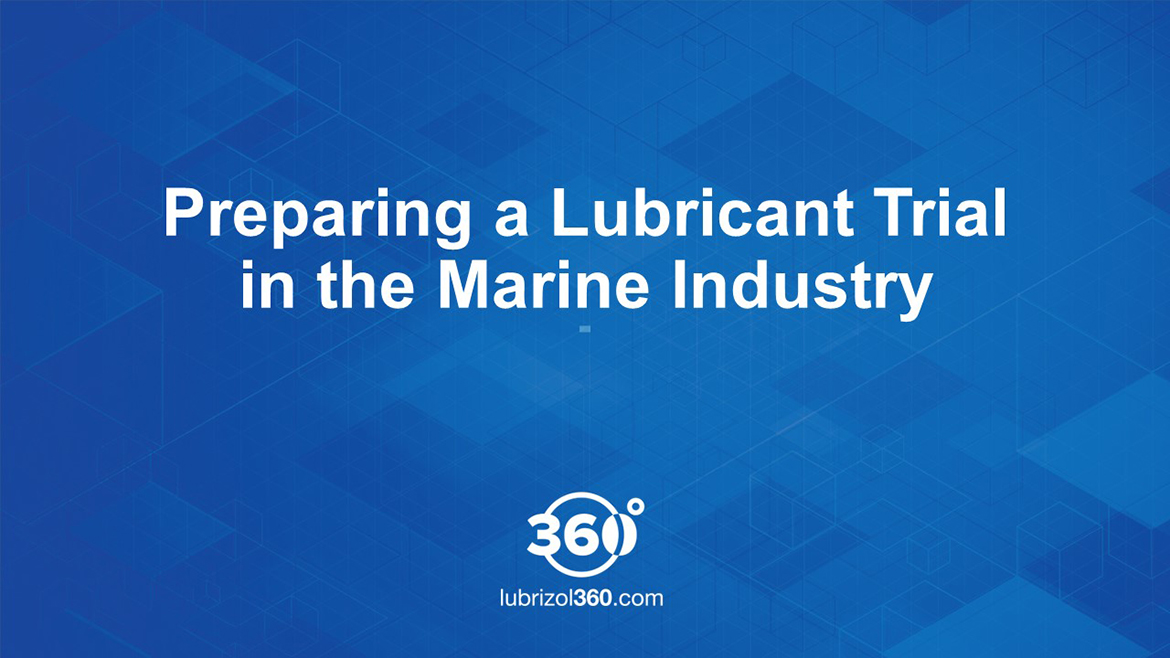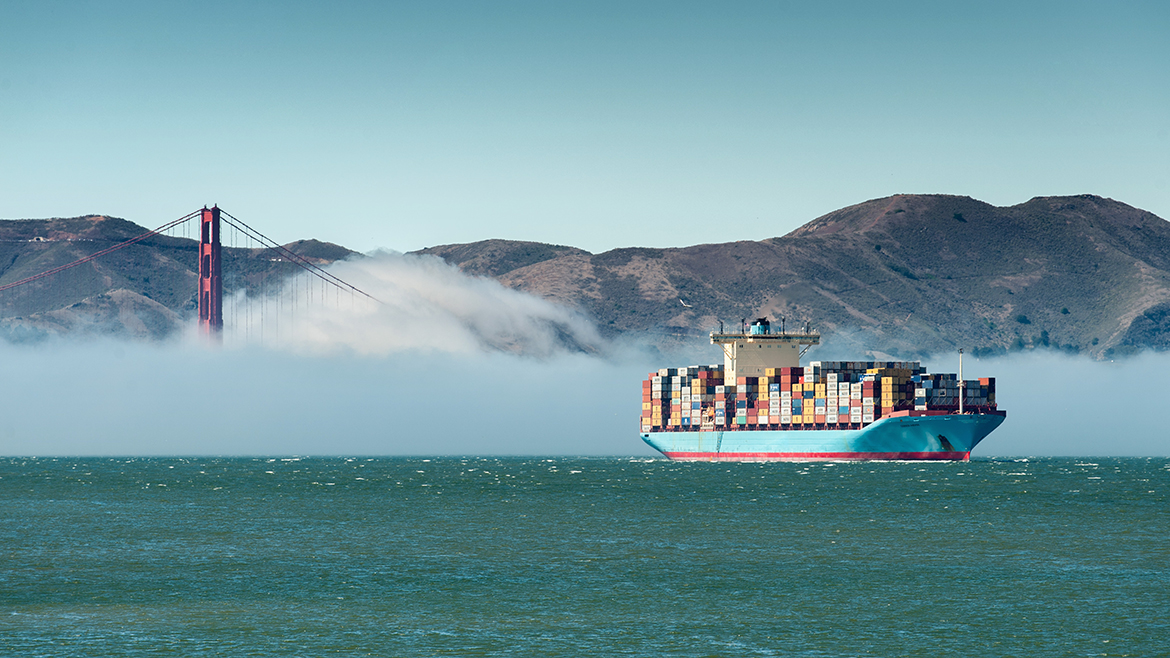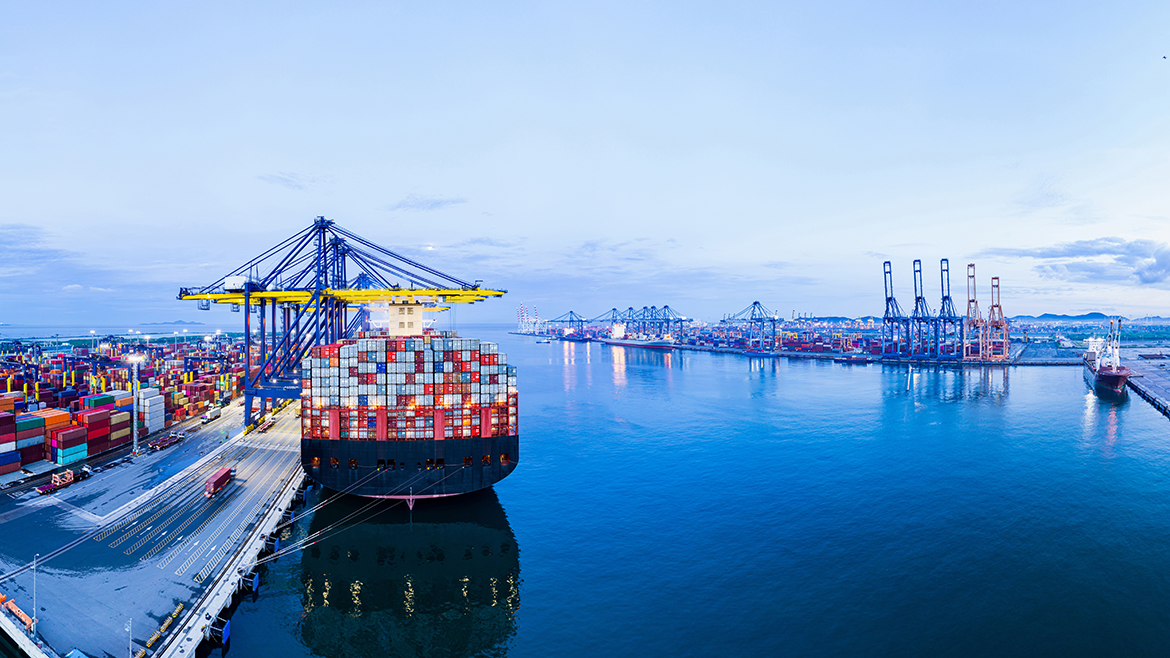Mar 2, 2023
Posted by Ian Bown, Technical Manager, Marine Engine Oils, Lawrie Peck, Technical Manager, Marine Engine Oils
In our series on lubricant testing in the marine industry, we have discussed why in-the-field testing of an oil additive's performance takes place, even though we have tested and developed it using bench tests and how we prepare for the in-the-field trial.
In this third video, we discuss how the testing is conducted on ship to ensure everything runs smoothly and all stakeholders are clear about their role.
For more information, please contact your Lubrizol representative.
Video Transcript
Ian Bown
Test activity then is a pretty critical step. We don't want to interfere. With the sailing schedule of the ship, so everything we do has to be in coordination with the ship owner.
Lawrie Peck
Yeah, there's a lot that goes on at the beginning to make sure everything runs smoothly. So first piece is to make sure we've got the oil blended and delivered in the right location at the right time and in the right quantity. But of course we also need to then plan in how we're going to get our engineers on board, then depending on the trial type, we may also have the OEM engineers attend with us.
Ian Bown
So coordination is key.
Lawrie Peck
Absolutely dependent on the trial type, we may request that one or two cylinders are lifted, that's a big effort in itself, takes a lot of time, a lot of coordination Need to make sure we've got the parts available and on board at the right time, so we can clean them, inspect and measure them, fit new piston rings ready for that trial to begin. We'll also be carrying out scavenge port inspections during this busy time to make sure we can assess the whole engine to see what condition the rest of the units are in as we're sorting out the test units that we're working on, but we'll also be taking system oli samples, fuel samples to help us build that full technical picture at the start of the test. So while we're on board, we have a great opportunity to work with the crew, to talk to the crew, chief engineer, to really explain the purpose of the trial so they understand what we're looking for and to give them insight into what we expect to see from the lubricant performance, whilst it's being run under normal engine operational conditions. So that background information really helps the crew to understand why we ask for a range of operational data from the engine throughout the duration of the trial. We also try to make life as easy as possible for the crew, so really all we're asking them to do is take those samples, package them up and at the next opportunity they have to land that oil, that can then be dispatched to the agent and flown back to the laboratory that supporting that particular trial. That analysis that was conducted in the laboratory really helps us to monitor the performance of the oil in fine detail throughout the course of the trial. That information then feeds into the reports that we monitor and provide to the OEM, and the ships operator and the crew.
Ian Bown
That's a key part as running a trial in partnership, it gives those people the opportunity to be part of the development of new cylinder oils to meet the new challenges of new engines and bring those oils to market.
Lawrie Peck
And that's where the mid trial inspection comes in as well, because then we have the opportunities through coordination with the shipowner, the crew, the OEM to get engineers back on board, halfway through the trial. We then have eyes on the engine with the ship's crew to have a look at the condition of the engine, the condition of the oil. We can then talk through what have they seen, what have they experienced? We can share our respective knowledge and data halfway through the trial, that helps them to see how that lubricant is performing and to see whether we're on track to be successful, as we get towards the end of the trial.
Ian Bown
You've just mentioned there that you do a mid-term inspection, do we do any analysis in between those periods, or do we just do sampling start of test, mid test, end of test? How does that sampling work?
Lawrie Peck
So that's really in the plan that we worked through with the crew and the operator said before the start of test. And what we're looking for, then, is to have the regular scavenge port inspection report shared with us. Of course, we already mentioned samples, they all will be sent off to external labs, will have regular operational data shared with us from the ship's crew, so we've got that monitoring taking place throughout that first half of the trial. That practice and effort will be in place so that we can go through that and review that in more detail together at the mid trial and assess how the trial is performing.
Ian Bown
And so that sharing of information, that really gives them a clearer picture of the condition of the engine, than they might normally get from their normal scavenge poor inspection routine, or sampling routines - That's really good.
